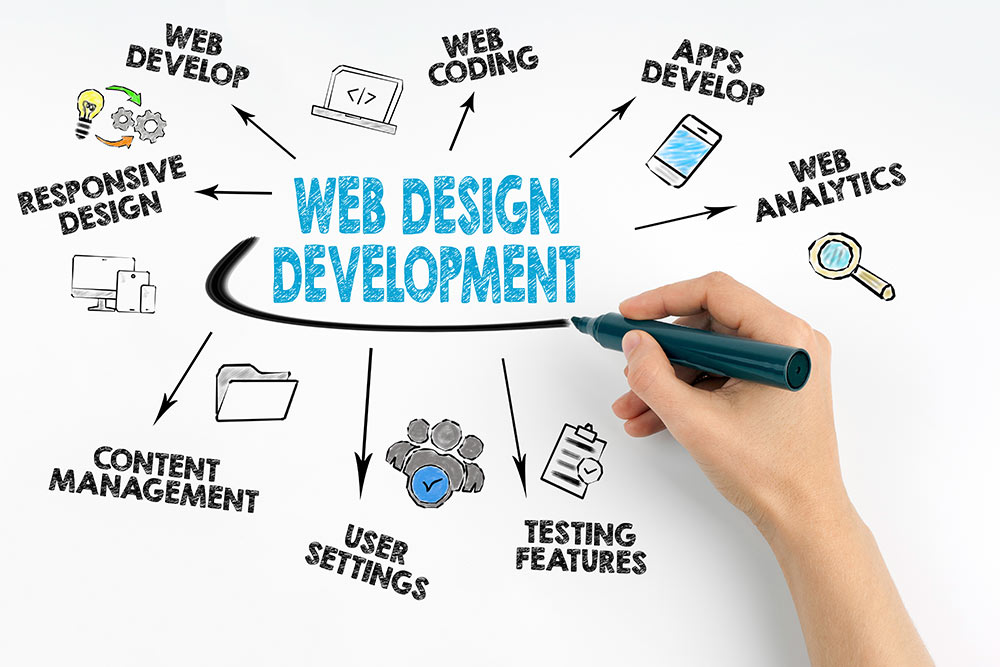It has been a buzzword in the world of digital marketing for the longest time and for good reason. Personalization refers to the process of using data insights to increase ads relevancy and allow a brand to reach the right customer at the right time.
The insights that brands use can be simple such as the age of the target audience or they can be complex such as behavior patterns and customers buying intent.
No matter what the goal remains the same: allow the brand to communicate one on one with customers and address their needs.
Although at its core personalization remains the same, tactics used for personalization vary from one marketer to the other. Let’s find out how:
PPC Marketing
PPC ads account for more than 64% clicks on the internet and you need to pay money for every single click you get so you need to ensure that you don’t waste even a single one of those clicks. Message matching the ad to a post-click landing page allows marketers to communicate to visitors that an ad is relevant to the content on the page.
Message matching is especially useful with retargeting campaigns. Retargeting, itself, plays a key role in personalization because in 96% of the cases, visitors leave a website without converting. An average visitor takes up to 2 to 3 visits before converting into a customer.
Retargeting allows marketers to reach out to people who have visited the website in the past through ads. Dynamic retargeting takes this a step further and allows marketers to display ads related to the products and services viewed by a visitor as well.
For example, if a visitor had come to your website and viewed details regarding Windstream Kinetic internet service before leaving the website, dynamic retargeting will allow you to display ads specifically related to that product to visitors.
PPC marketers prefer to market to customers based on their age, life events, and preferences instead of keywords. In fact the majority of marketers agree that keyword targeting has become a thing of the past and has been replaced by audience targeting.
Opinion regarding the usefulness of keyword targeting differs from person to person but one thing is for certain: with audience targeting, marketers have more data to work with hence the chances of producing a successful campaign increase.
Demand Generation Market
Content creation is a valuable component of demand generation and it will continue to remain so in the foreseeable future. Usually, content marketers rely on C.R.M and segmented list to collect the following information:
- Leads generation from conferences and events
- Sign-ups
- Leads from people who were a part of a webinar
It goes without saying that personalization in demand generation make the entire process a lot easier since it allows marketers to address every point in the sales funnel while enabling them to keep an eye on customer engagement levels throughout the process.
One platform that has especially seen an increase in personalized demand generation is LinkedIn. Using the matched audiences feature, marketers can distinguish between various stages of the buyer’s journey and segment prospects.
Using custom targeting, marketers can also reach previous website visitors, existing contacts, and the target market and display personalized messages to them.
E-commerce Marketing
On average, brands spend around $5 million on a 5-second ad. While it is true that these ads are viewed by a large number of people but how effective will this ad be if it does not incorporate targeting and personalization?
The good news for marketers is that millennials and people belonging to Generation X are willing to give their data in return for getting personalized offers that meet their requirements.
In the case of e-commerce, marketers follow the lead of PPC marketers and incorporate personalized targeting in their messaging.
Amazon and Target’s remarketing campaigns target people who visited a company’s website, browsed through pages, and then left. Customers get an ad that features products they had shown an interest in along with an email notification that contains details about price.
In case customers left a website after placing an item in the cart, they will receive a push notification that will encourage them to complete the purchase.
After completing the purchase, the customer gets a confirmation email that is also personalized and contains additional details about the products. The idea is to encourage a customer to continue purchasing the products.
The email will also include the trending near you section at the bottom. The message is displayed to a customer is based on their location. The process of extreme personalization has been made possible because of the billions of data points that an e-commerce business can touch.
Email Marketing
The days of sending out one size fit all messages are long gone. Today marketers like to leverage web personalization in email marketing campaigns so that they can create custom messages for customers.
The subject or the content of the email consists of a customer’s name. This is done to immediately grab a customer’s attention and to remove the perception that a company has sent out a mass email.
Dynamic content allows a brand to keep track of people who get to see the content in an email. It allows marketers to show different blocks of email to different audience segments within the same email marketing campaign.
Using email marketing vendors such as Campaign Monitor, users are able to implement dynamic content without there being a need to create multiple emails.
In simple terms, everything is done in the same campaign using variations of the same email that is personalized for each individual customer.
The Future
It is evident that personalization is the way of the future and it will continue to play a role in marketing as time goes by. The field is rapidly evolving as the latest trends suggest. Lately, brands have been focusing a lot more on contextual targeting, a tactic that allows them to provide enhanced value to customers while also respecting their privacy.
It is evident that personalization is here to stay and it will only become more popular among marketers as technology evolves and grows.









